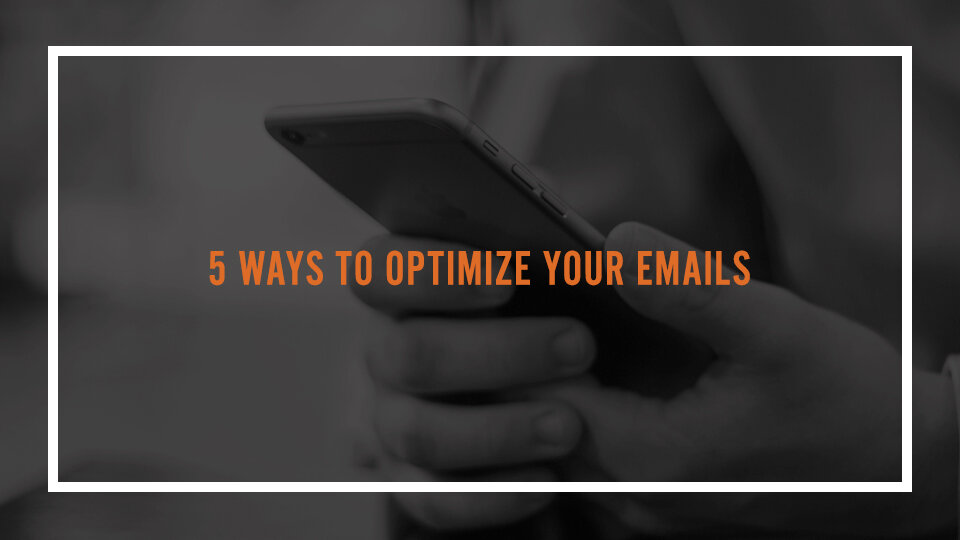5 Ways to Optimize Your Emails
By Maurilio Amorim
Email can be a powerful communication tool. With the exception of text messaging, it’s the most effective tactic we have to get our message across.
We fundraise, solicit, encourage, sell, onboard and move people along our journey primarily through email.
But what happens if people don’t read those emails?
Not much.
That’s why open rates are so important to get your message across.
Here are some email best practices you should keep in mind:
- Sending the email from a real person is always more compelling than an organization.
A person’s name is powerful. When sending emails, try to send them from a well-known person in the organization when it makes sense. For example, emails From: Maurilio Amorim at The A Group get more opens than the emails that are just From: The A Group. We respond better to a person than we do an entity.
- Personalize you Subject Matter
Have you noticed that you click more on emails where YOUR first name is the subject line? Well, you do. We all do it. Again, names are powerful and if the person on your list sees their name on a subject line, they are more likely to open the email, i.e. “Susan, We Need Your Help!”
- Use the Preview Text as a Hook
I often decide to open my emails based on how interesting the subject line and preview texts are. If they don’t grab my attention or tell me why I should open, the email goes unread. Using our last example, “Susan, We Need Your Help” Preview: “Your opinion will help us shape our ministry”
- Have a Clear Call to Action
Make sure they clearly understand the next step they need to take! Don’t tell them your need and (A) leave them guessing how they take action or (B) make the action needed complicated. Give them an easy first step, and you’ll see more people ready to make moves. In our example email to Susan, we would ask her to click on the link and take a quick survey to help us decide on how to shape the future of our organization.
- Find Your Best Sending Time.
Study up on your email analytics and see what days and times are best for your lists. For example, if you’re emailing some of your top donors who are all business executives, you may notice emails on Mondays through Fridays during work hours are not read as much as email sent on Saturday mornings. Whatever rhythm your recipients respond best to, try and accommodate your email sends with those to increase your open rate. Some email services, such as Mail Chimp or Hubspot will suggest optimum sending times based on your list responsiveness.
Emails are an integral part of any marketing, donor development or communication campaigns. If you want to get better results from your campaigns, we are putting together a FREE training on how to create an integrated campaign, sign up HERE.














